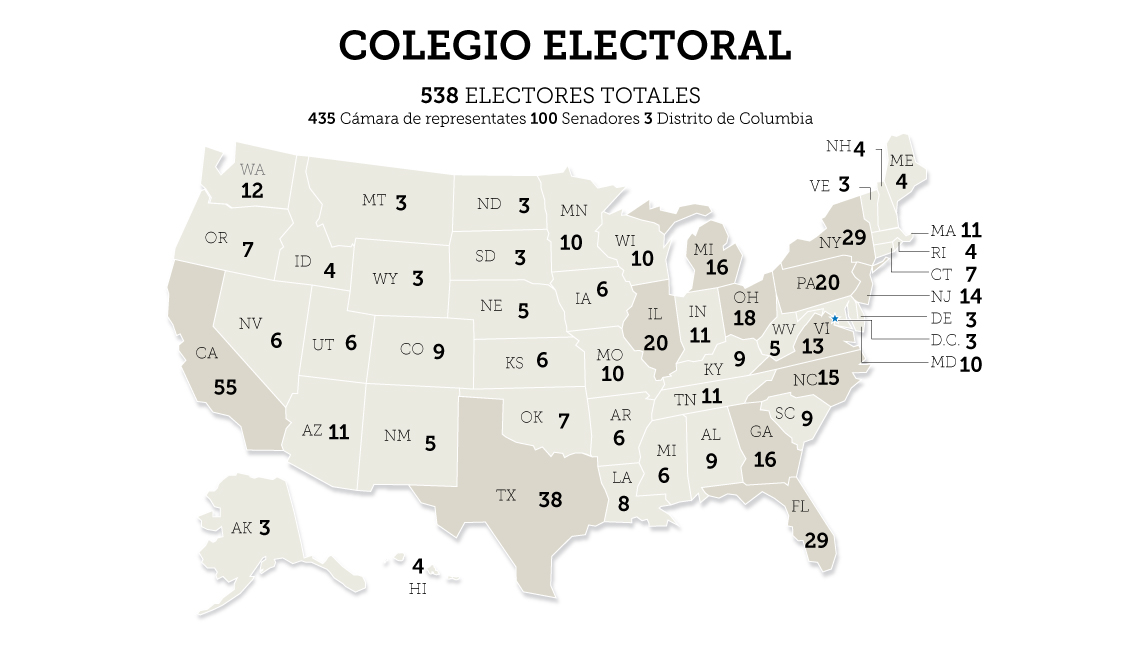
Be aware: This is how the “electoral college” chooses the president
No por voto popular de millones, como creen los Latinos, sino por el voto de 270 electores es que el presidente finalmente se elige.
What is the Electoral College?
The American electoral system can feel like a confusing labyrinth filled with twists and turns you never saw coming. There are essentially two elections that take place every four years: the popular election determined by voters heading to the polls or mailing in their ballots and the Electoral College, which ultimately decides the fate of our country.
So what exactly is the Electoral College?
Firstly, it is not a place but instead a process established by the Constitution as a safeguard against what founding father James Madison called “an interested and overbearing majority.” In “The Federalist Papers,” Madison wrote that the Constitution created a combination of state-based and population-based government. In other words, neither the federal government nor American citizens would have complete control over the nation. Instead, it would be a joint effort between those on Capitol Hill and those who elected them into office.
The Electoral College, named after an ancient Roman system of voting, consists of 538 previously chosen electors. That number reflects the amount of lawmakers serving in the House of Representatives and the Senate. A majority of 270 votes is needed to win a presidential election. A simple equation determines how many electoral votes each state receives. Pennsylvania, for example, has 20 votes for the state’s two senators and 18 representatives. California has the highest number of Electoral College votes (55). The District of Columbia, Delaware, Montana, Wyoming and North and South Dakota each have three votes, the lowest in the nation.
Who are these electors?
The Electoral College comprises political party leaders or members that have pledged to vote for a particular candidate. They cannot be current senators or state representatives, but they can be local elected officials. For example, former Mayor Michael Nutter, a Democrat, sat on the Electoral College and cast a vote to reelect President Barack Obama four years ago.
Scott Bomboy from the Constitution Center in Philadelphia explains:
“Back in 2012 … Obama won the popular vote in Pennsylvania and its 20 electoral votes. On December 10, 2012, the governor and secretary of state for Pennsylvania filed a certificate ... listing the election vote count, and the names of all electors for all eligible parties. The Pennsylvania electors for the winning party met and signed a Certificate of Vote on December 17, 2012 at the state capital in Harrisburg.”
Nutter was among those present.
How are Electoral College votes cast?
Members of the Electoral College meet after the general election in 51 state capitals throughout the country to cast their individual votes. Those votes are then submitted to election officials in D.C. to determine the overall winner. This process can take several weeks, however. While the results of the popular election might be tallied just one or two days after the people vote, the Electoral College vote could be delayed several weeks or months depending on circumstances.
In 48 of 50 states, only the electors who represent the winning candidate get to cast votes in the Electoral College election. This is called a winner takes all system. Maine and Nebraska split votes by congressional district. The Electoral College votes must be received and tallied by December 28.
What happens after votes are cast?
Once the Electoral College is finished, votes are sent to D.C. and the sitting vice president passes them to four members of Congress to review. Those representatives will tally them up and if a candidate has a clear 270 vote majority and no members of Congress object, a president is officially elected. However, if there is no clear majority, Congress must decide the winner. Senators pick the vice president and the House elects the president.
Why your vote still matters
Most states require members of the Electoral College to vote according to the popular vote. In fact, there have only been four election in history in which the Electoral College vote did not reflect the popular. The most recent example was in 2000 when Al Gore won the popular vote but George W. Bush became president.
Members of the Electoral College who go rogue and vote for someone other than their pledged candidate face fines or jail time depending on their state’s laws. More than 150 people throughout history have been found guilty of faithless voting, including 30 electors in 1832 who refused to vote for Democratic vice presidential nominee Martin Van Buren. Despite the snafu, Van Buren was elected vice president and Andrew Jackson became president.
“In 57 presidential elections, the final Electoral College vote has reflected the national popular choice in 53 elections. Only Andrew Jackson, Samuel Tilden, Grover Cleveland and Al Gore … received the most national popular votes in a presidential election and lost in the Electoral College,” Bomboy explains.


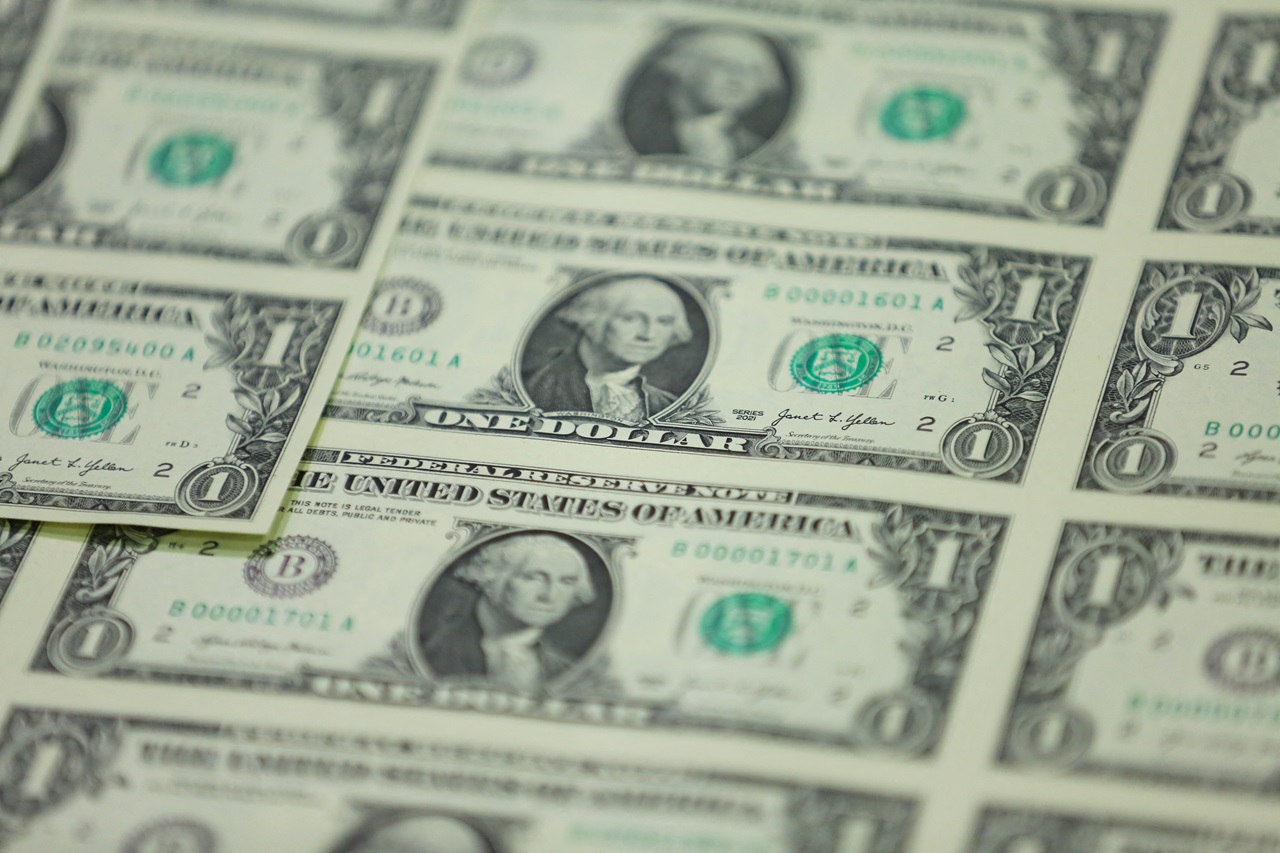
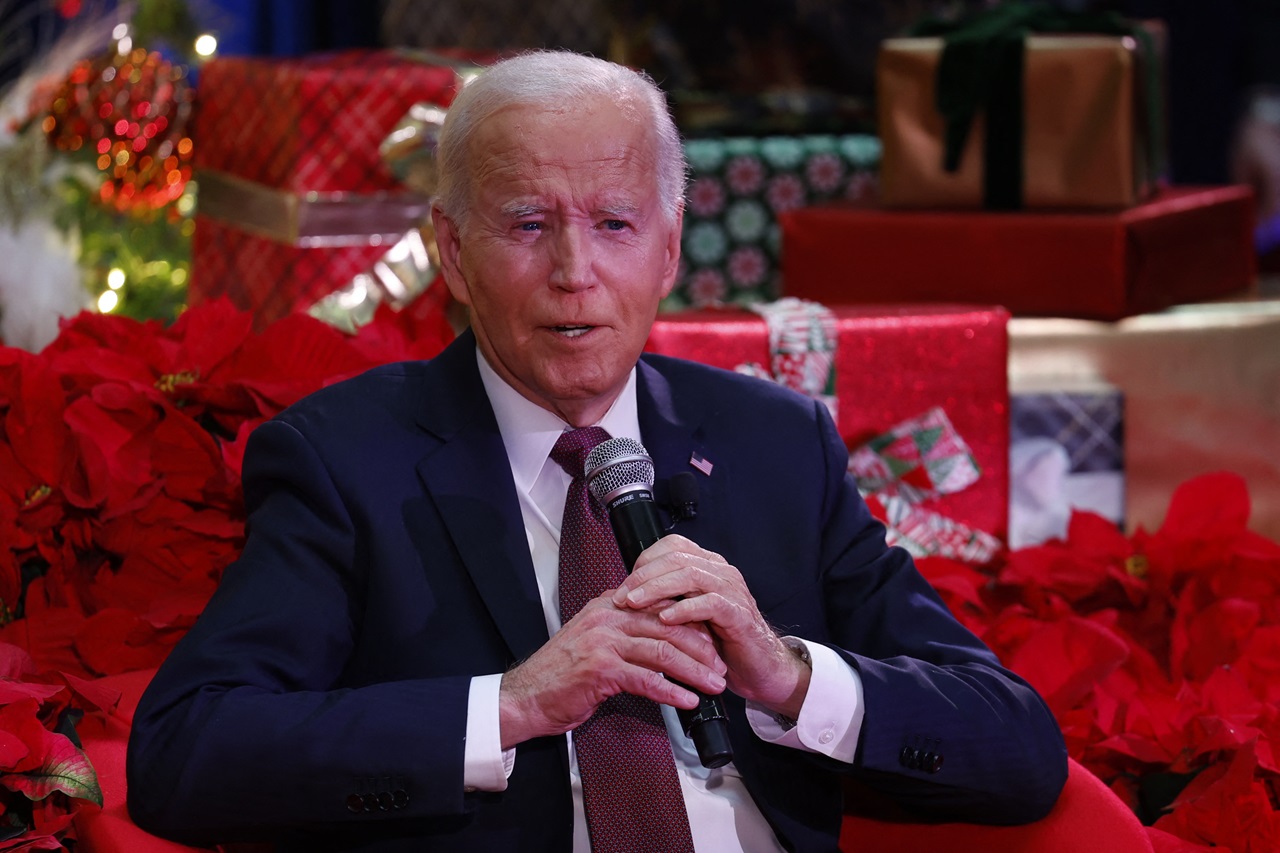
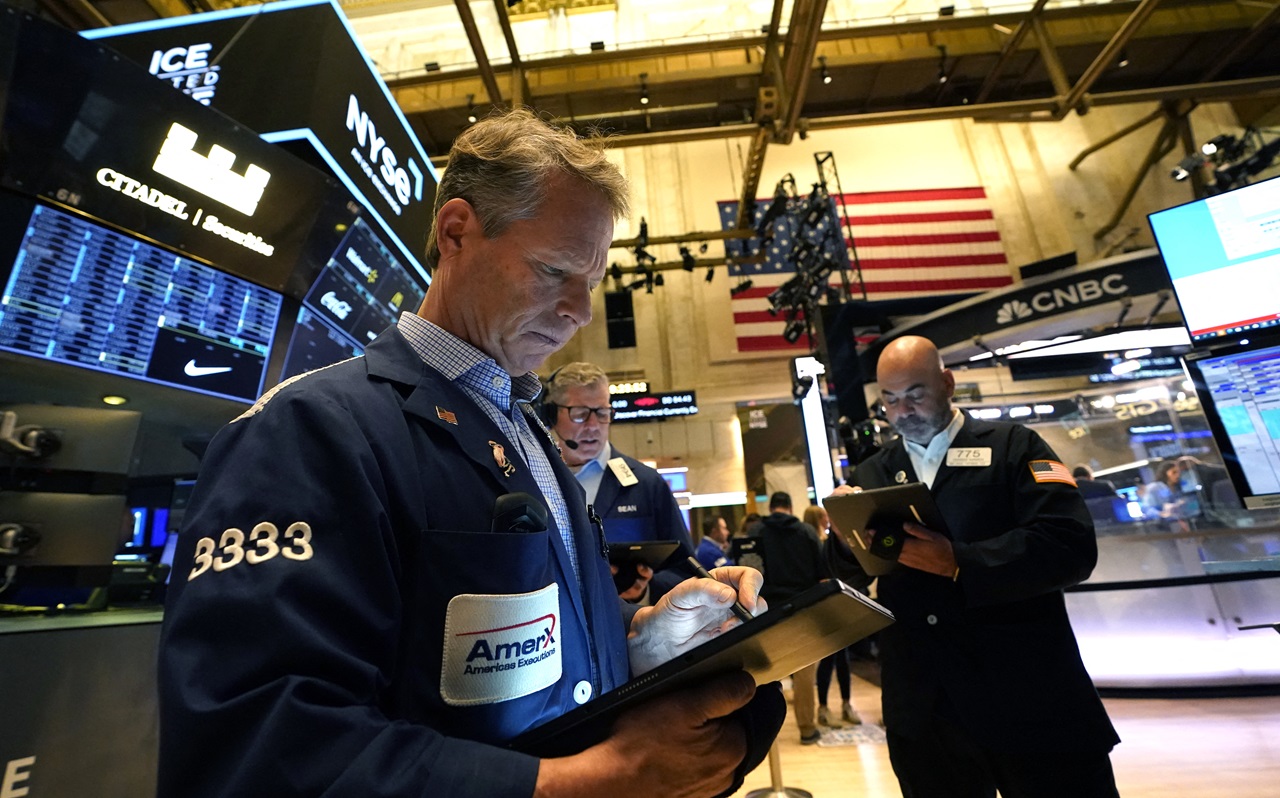
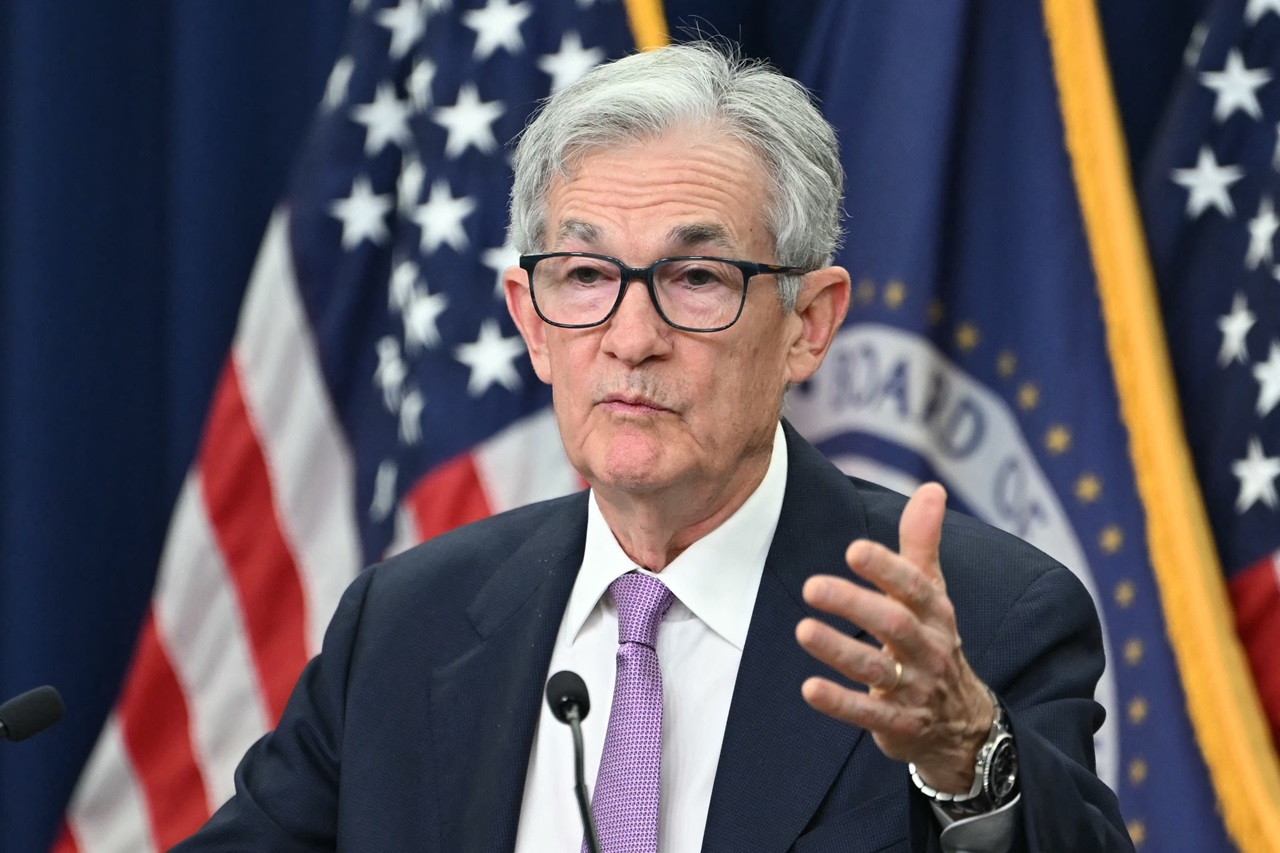
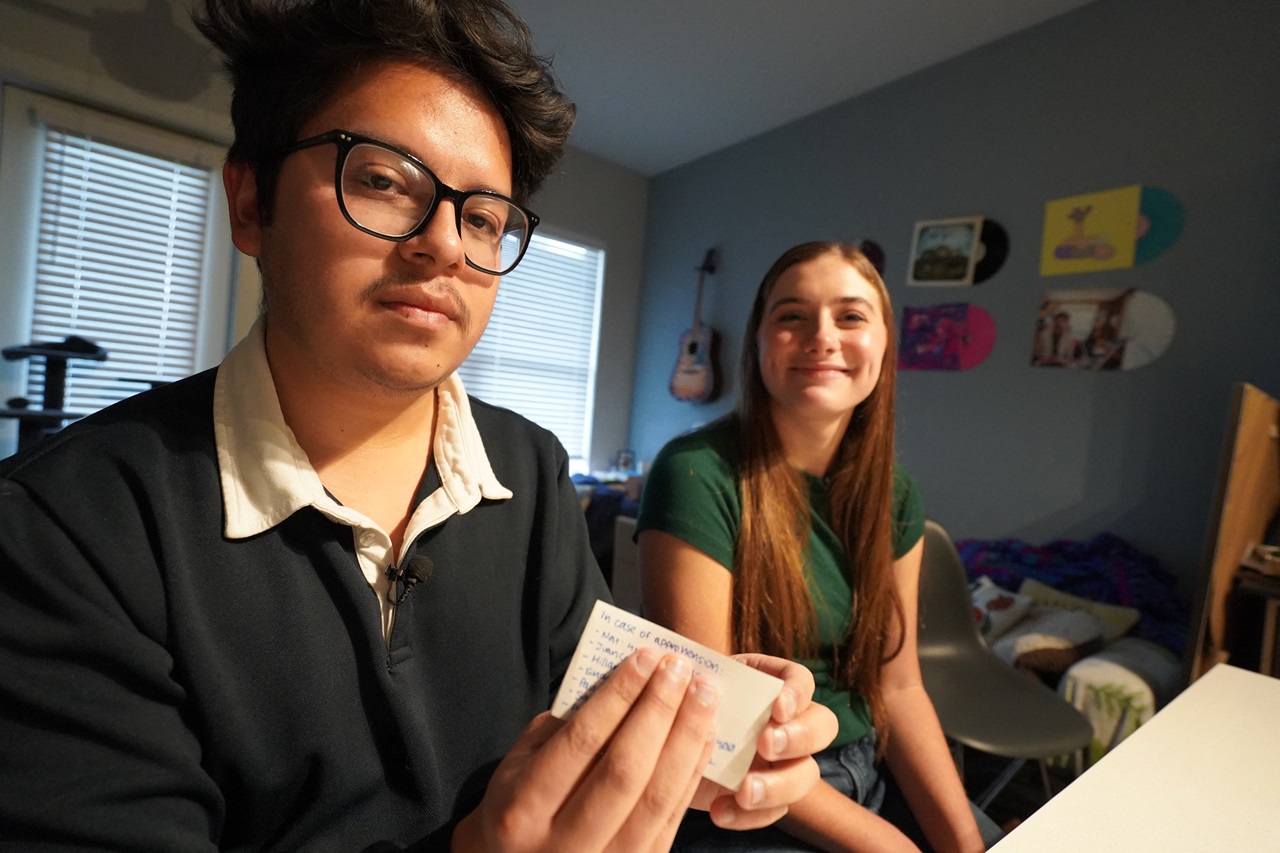
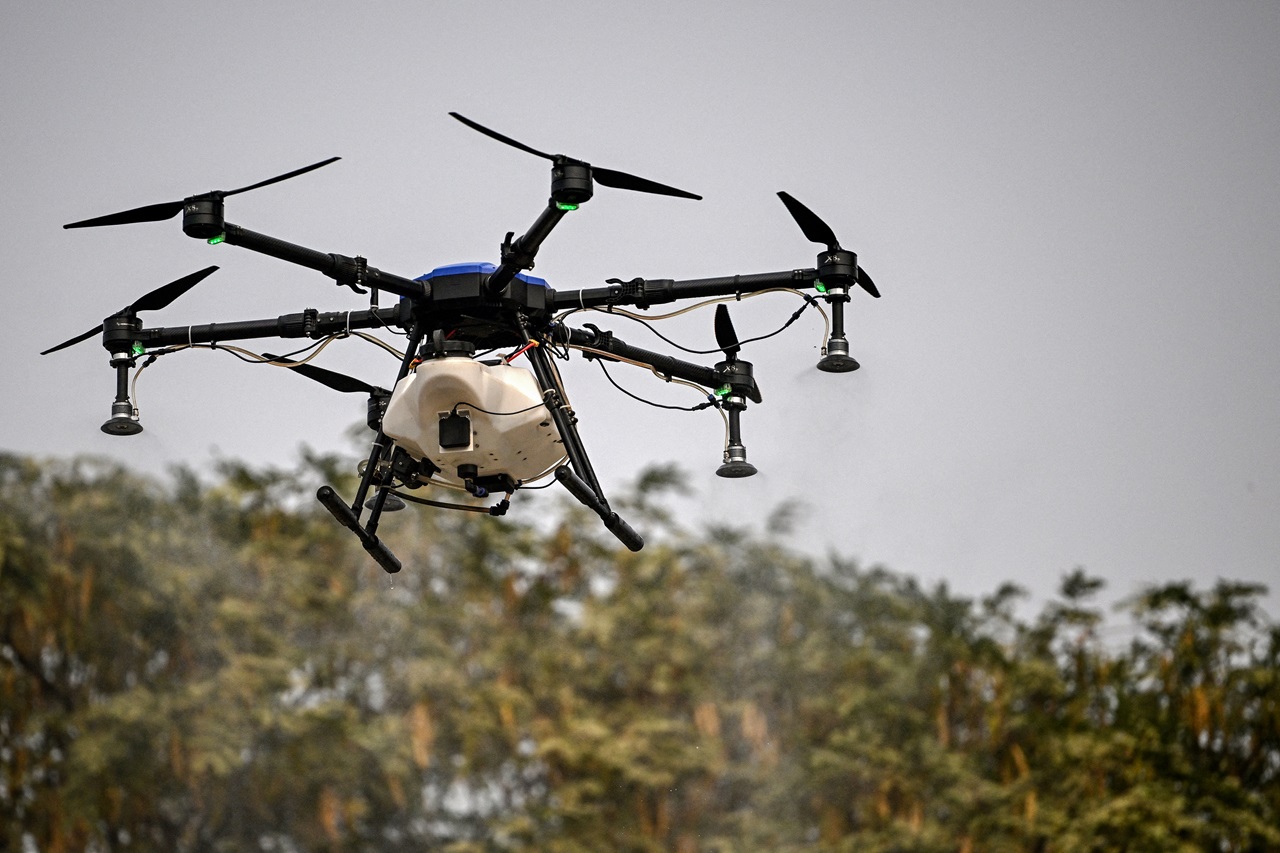


LEAVE A COMMENT:
Join the discussion! Leave a comment.